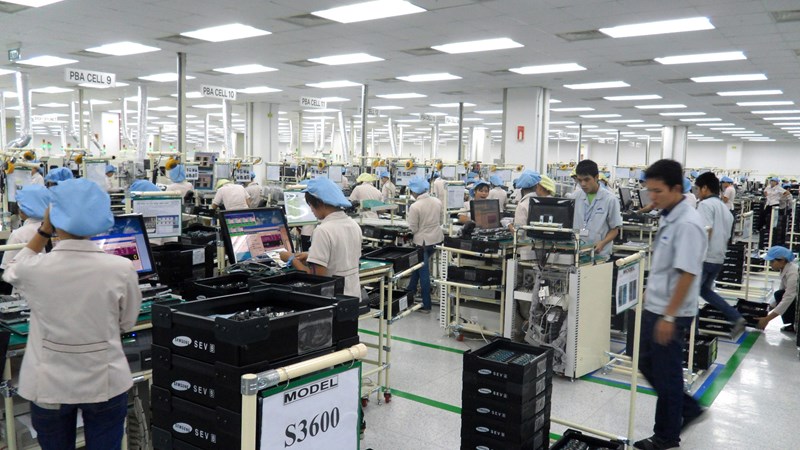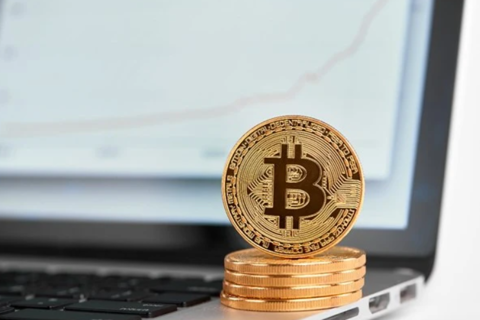Only 5% FDI projects in Vietnam use high technologies
Vietnam is home to 32,539 valid foreign direct investment (FDI) projects with registered capital of a combined US$381 billion, of which US$233 billion has been fully disbursed.
A report from the Ministry of Planning and Investment (MPI) outlining Vietnam’s strategy for foreign investment in the 2021 – 2030 period suggested only 5% foreign-invested enterprises in the country are using high technologies.
| Only 5% of FDI projects in Vietnam are using high technologies. |
Meanwhile, around 80% are using mid-level technologies and 14% low technologies, stated the MPI, adding there have not been efficient solutions to prevent transfer pricing among FDI enterprises, according to Tuoi Tre.
As of the end of August, Vietnam is home to 32,539 valid foreign direct investment (FDI) projects with registered capital of a combined US$381 billion, of which US$233 billion has been fully disbursed.
The FDI sector has also contributed around 20% of Vietnam’s GDP, the report calculated.
In 2019, the FDI enterprises posted export turnover of US$181 billion, accounting for 71.3% of Vietnam’s exports and created 10 million jobs.
Notably, the productivity in this sector was 2.4 times the national average.
In a number of provinces and cities, the FDI sector makes up a large proportion of state budget revenue, including Vinh Phuc (93.5%), Bac Ninh (72%), Dong Nai (63%), and Binh Duong (50%), among others.
During the 2011 – 2019 period, the FDI sector contributed an average of 28% of state budget revenue annually.
The report also referred to statistics from the State Bank of Vietnam (SBV), the country’s central bank, that showed there has been a surge in loans from the FDI sector, which normally accounts for 80% of foreign loans in the economy.
The MPI also pointed out five types of illegal investment activities from FDI firms or foreign individuals that need to be addressed soon, including investments through Vietnamese organizations and people, or a legal entity from a third country in land associated with Vietnam’s national security.
The MPI suggested this is the right time for Vietnam to change its strategy in attracting FDI, which should be based on high quality human resources, improvements in infrastructure and flexible policies, instead of cheap labor costs or tax incentives, among others.
FDI commitments in the January – August period totaled US$19.54 billion, down 13.7% year-on-year.
Year to August 20, 1,797 new projects have been approved with total registered capital of US$9.73 billion, up 6.6% in capital and down 25.3% in the number of projects year-on-year. Out of 106 countries and territories investing in Vietnam in the first eight months of 2020, Singapore took the lead with US$6.54 billion, followed by South Korea (US$2.97 billion), and China (US$1.75 billion).












